By Blaine Taylor
In 1939 Time magazine called the Thompson submachine gun “the deadliest weapon, pound for pound, ever devised by man….” Sixteen years earlier, a Belgian Army officer had expressed similar sentiments when he blurted out, “If we had had Thompson guns in 1914, the Germans could never have taken Belgium.”
Ironically, the man whose name it bore, Brig. Gen. John Taliaferro Thompson, had been seeking unsuccessfully to develop an automatic rifle and interest the U.S. Army in buying such a product from him when, during World War I, his chief engineer, Theodore G. Eickhoff, suggested an important change that was to make ordnance history. The change would also influence the outcome of World War II a generation later.
Eickhoff suggested that they add the Army’s already standard pistol ammunition, the caliber .45, to their Blish principle system to build a different weapon altogether, and General Thompson agreed. “Very well,” he said, “we shall put aside the rifle for now and build a little machine gun, a one-man, hand-held machine gun—a trench broom!” The new weapon was intended to be used by the Allied armies then stalemated in France to “sweep” the German enemy from their fortified, dug-in positions.
Thus, the former Model 1 Autorifle died, and gave birth to what would ultimately be called the Thompson submachine gun, although the modest general himself always preferred to give credit for the invention of the weapon to his top two assistants, Eickhoff and mechanic Oscar V. Payne, designer of the Autorifle.
According to a World War II-era Thompson manual for GIs, “the Thompson Submachine Gun, Caliber .45, M1 is an air-cooled, blowback operated, magazine-fed weapon. It is designed to be fired from the shoulder of the gunner similarly to a rifle. The hand of the gunner is protected on the underside of the barrel by a wooden fore grip; a rear grip is also provided.
“Sling swivels are secured to the fore grip and stock for attaching the gun sling. By correctly setting the rocker pivot, the weapon may be used for either full automatic fire or semiautomatic fire. Two magazines having capacities of 20 and 30 rounds respectively may be used.” (Later, this would be increased to drums of 50 and 100 rounds each.)
They came too late for use in World War I as General Thompson had planned. “It looks like we missed the boat,” he lamented on Armistice Day, November 11, 1918. However, within the next decade they were in full use by police forces and their rivals—bank robbers and organized crime gangsters—across the country. In time, both FBI Director J. Edgar Hoover and British Prime Minister Winston Churchill would appear in famous photos brandishing the weapon. The Churchill photo led Nazi Propaganda Minister Dr. Josef Goebbels to publish it with the assertion that Winnie was a bona fide “war criminal.”
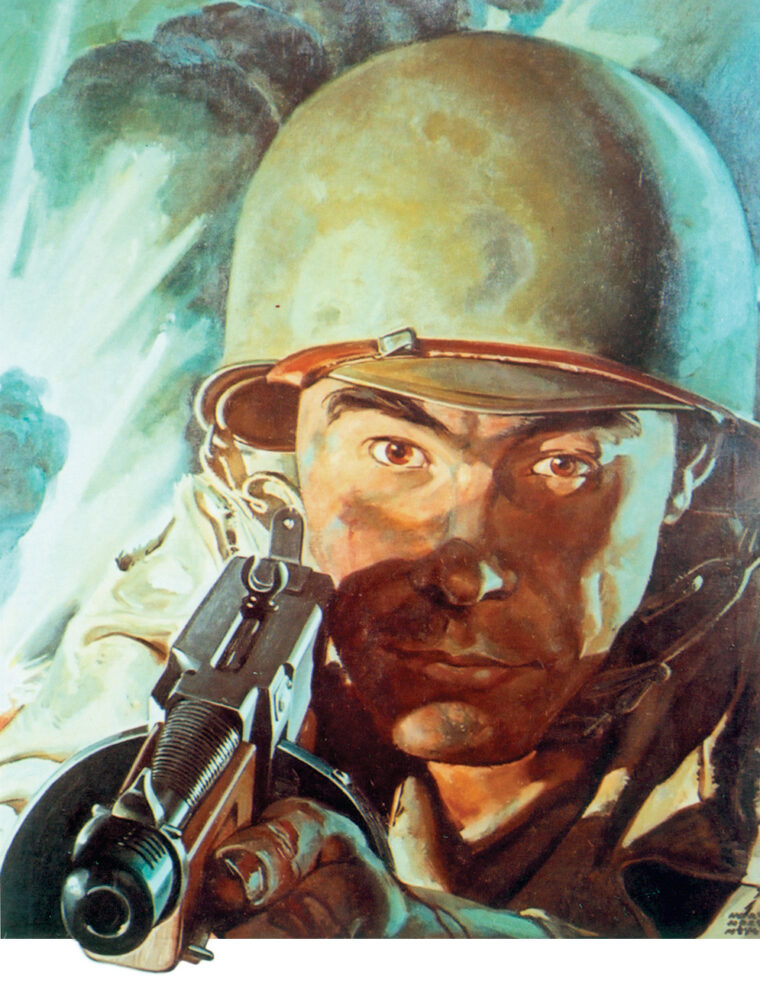
Indeed, few weapons in the history of warfare in general and ordnance in particular have had the success or the publicity of the notorious Thompson “chopper” Tommyguns. Before World War II, they served the likes of the U.S. Marines in Nicaragua as well as the Irish Republican Army fighting the infamous Black-and-Tans in Ireland, while during the war itself they armed virtually every Allied army against the Axis powers.
The last known American domestic bank robbery in which a Tommygun was employed occurred in 1961. They were even used in South Vietnam by the National Liberation Army against American forces, having been acquired by Mao Tse-tung’s People’s Liberation Army in China from the rival Nationalist forces of General Chiang Kai-shek and passed to the Vietnamese. Doubtless, they are still in military use elsewhere in the world today.
According to The Thompson Submachine Guns by Donald B. McLean, the Thompson was “developed and marketed by Auto-Ordnance Corporation, [and] early prototype models of the 1921 model were manufactured by Colt’s in Hartford, Conn. Offered for sale in a wide variety of calibers, the early Thompson submachine guns were made on a production basis only in caliber .45 ACP, with rather rare models having special magazines made to fire a shot cartridge, plus prototypes in 9mm Luger.
“The first 1928 models were made from 1921 guns by modifying the actuator, bolt and other components to reduce the rate of fire. The M1928A1 was adopted as a standard arm for the US armed forces before World War II, and over a million were produced … prior to and during the early part of World War II. They were procured by England and France also, and served well.
“The basic Thompson M1928 submachine gun was modified and adopted as standard by the US Army in 1942 as the M-1, which is quite different than the M1928 series in that only the trigger group, barrels and a few minor components remained the same, or at least interchangeable. The lock, actuator, breech oiler, buttstock catch, compensator and barrel fins were eliminated, the receiver simplified, and the bolt retracting handle was placed on the right side instead of on the top as on the M1928 series.
“Soon thereafter,” McLean concludes, “the M1 was further modified by the elimination of the firing pin and hammer, the striker being machined into the face of the bolt, as on an M3 ‘Greasegun.’ The M1 and M1A1 Thompsons do not take the 50 or 100 round drum magazine.”
Aside from being carried into battle by the individual policeman, gangster, guerrilla, or soldier, the weapon could be carried on motorcycle sidecars and in a special gun carrier case with a holster for the wooden stock and four pockets for 20-capacity box magazines on horseback as well; the gun-carrier case originally listed for $16.50, and the horse-mounted model was the same. For an additional $7, one could also purchase a 50-round magazine case with shoulder strap.
For those on foot, the standard Army web belt could carry both a five-pack box-magazine attachment and a single 50-shot drum case for $13.50; moreover, all the casings were waterproof.
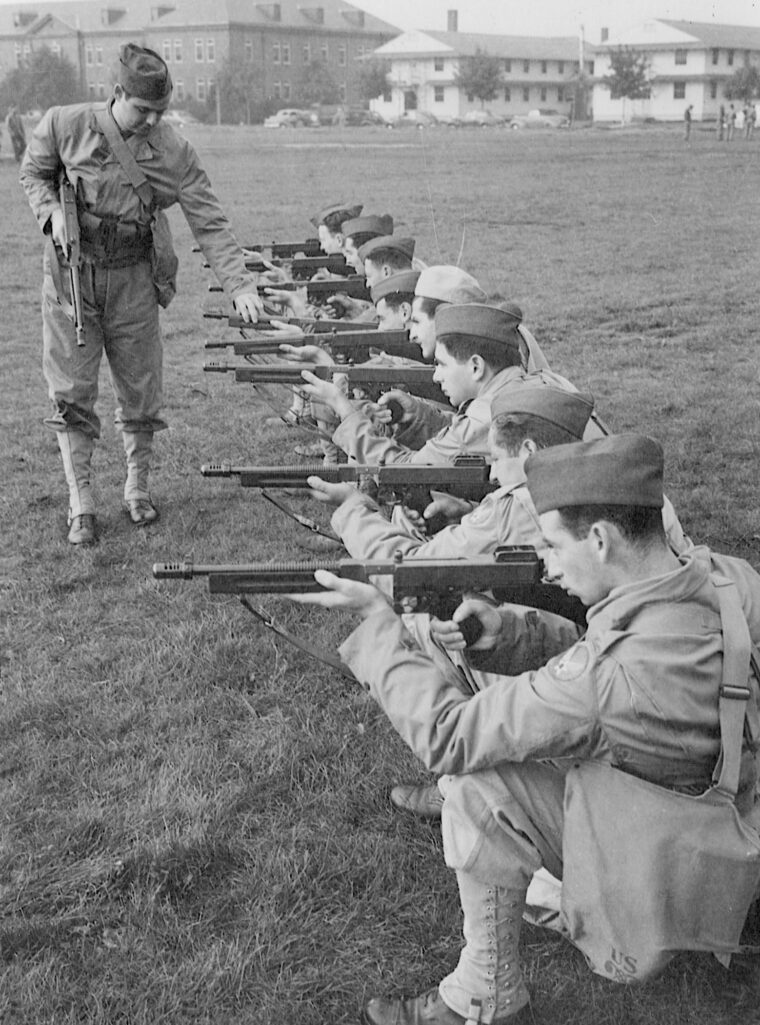
The standard U.S. Army .45-caliber automatic-pistol ball cartridge then in use had a spent the rest of his career pushing a hidebound, resistant Army in that direction.
Americans Richard Gatling and Hiram Maxim had preceded Thompson in developing repeating weapons, with the Germans using their Maxim guns to great effect as World War I opened in 1914. Indeed, that year, Imperial Germany had gone to war with 12,500 late-model Maxims on hand and 50,000 more on order. In contrast, when the United States joined the same war three years later, it had but 440 Model 1895 Browning and Model 1904 Maxim machine guns available and none on order.
Frustrated with official opposition, then-Colonel Thompson had stunned his superiors by taking early retirement in November 1914 to develop his M1 Autorifle privately in his spare time, while running gun-manufacturing plants for the Russians and British professionally during the day for Remington Arms. It was during this period that he recruited both chief engineer Eickhoff and designer Payne to work on the Autorifle and its many teething problems.
In 1916, Thompson was able to gain financing from private stock investors to form the Auto-Ordnance Corporation to build the prototype Autorifle from his home. The corporation was designed specifically to keep the project secret. The weapon that was eventually developed would be one of the greatest in armament history, but there were several missteps along the way, including the Persuader, which fired .45 rounds but didn’t work properly. The Persuader was subsequently scrapped and finally, in the fall of 1918, a new model, the Annihilator, and then peace intervened.
Meanwhile, Thompson had returned to active duty in July 1917. He then retired a second time, in December 1918, as a brigadier general with a Distinguished Service Cross for his lifetime of meritorious work in ordnance matters and for mass-producing the M1917 Springfield rifle as well.
Payne suggested to their behind-the-scenes financier, Thomas Fortune Ryan, that the Annihilator be rechristened the Thompson submachine gun, and so it has come down in firearms annals. The Navy and Marines were the first among the American military to formally embrace the new weapon, and in 1920 Colt agreed to mass produce it. On April 8, 1921, the Army’s tests at the Infantry School at Ft. Benning, Ga., were deemed successful.
By 1925, gun sales had reached 3,000 units, and Chicago gangsters Al Capone and his rival Dion O’Banion had both put them to use. They played a significant part in the St. Valentine’s Day Massacre. This, along with their exposure through Hollywood-made movies of the period, gave them built-in worldwide exposure. The limelight would dog Thompson to the end of his life, leading him to regret ever building the “trench broom.” On May 23, 1934, Texas Ranger Frank Hamer and his men used Thompsons to ambush and kill Bonnie Parker and Clyde Barrow, giving the Tommyguns even more notoriety and contributing to ever-climbing sales.
In 1930, the New York Police concluded that 785 Thompsons had been sold that year alone, 12 percent to “fictitious buyers”—gangsters, that is. By the end of 1938, Auto-Ordnance had sold 10,300 Thompson units. The year 1939-1940 made all the difference in the world to sales, according to Helmer, as Britain, France, Russia, and the United States all clamored for Tommyguns to help stem the tide of Nazi conquest.
Ironically neither Thompson, father or son, lived long enough to see the weapon that bore their name come into its own in World War II, a full two decades after its invention. After a stroke, son Marcellus died at age 56 on October 17, 1939, followed on June 21, 1940, by his father John, 79, of a heart attack.

By the end of 1941 the U.S. Army had purchased more than 319,000 Tommyguns, with a full 10,000 a month being manufactured. Modernization meant the abandonment of the 50-round and 100-cartridge drums in favor of the lighter and more compact Type XX box magazine with a 25-shot capacity.
Ironically, notes Helmer, the Thompson almost missed World War II altogether as it had World War I. “The ‘grease gun’ replaced the Tommygun in 1944, but the Thompson had been doomed anyway from the very start of the war. It would not have fought in World War II at all had Allied military planners anticipated the kind of war the enemy would wage and the important role submachine-type weapons would play in it.
“The war was one of paratroops, patrols, commando raids, motorized infantry, street fighting from house to house, and jungle combat. Short ranges and high firepower. Bullets sprayed into thickets or into rooms. The Germans had the light, inexpensive, efficient Schmeisser machine pistol in great quantity from the start. Allied countries made do with the heavy, costly, but dependable Thompson until each could develop and mass produce a weapon equally as good.”
Among these copies were the British Sten gun, the Soviet PPD, the French MAS, and the Australian Austen to name but a few.
Still, the venerable Tommyguns appeared in such wartime films as Fighting Seabees with John Wayne, and Bataan with Robert Taylor. They were in use with Merrill’s Marauders and carried by “Vinegar Joe” Stilwell himself in the China-Burma-India theater.
As late as 1963, dummy Thompsons were still being sold as wall mounts for both home and office, and like the M-16 in the later Vietnam War, they are controversial to this day.
“War stories,” concludes Helmer, “both praise and condemn the gun: American paratroops, as soon as they could get their hands on a German Schmeisser, broke their Thompsons over the nearest rock; the roadside from Salerno to Naples was littered with Thompsons discarded by soldiers tired of carrying the heavy things (they weighed 81/2 pounds). The Thompson was such a desirable weapon that infantry soldiers often bought them or stole them from tank crews; when the new M3 arrived, many Marines would not turn in their battered but faithful Thompsons.…”
Wherever the truth may lie, it seems a safe assertion that the venerable Thompson submachine gun helped reverse the march of Nazi, Fascist, and Imperial Japanese conquest even while new and more modern weaponry was brought into the global fray and until these new weapons gained greater acceptance.
Blaine Taylor was involved in 1985 with the global announcement of the Beretta 9mm automatic pistol as the replacement sidearm for the entire U.S. Armed Forces while at Emery Advertsing Corp., Hunt Valley, Md.
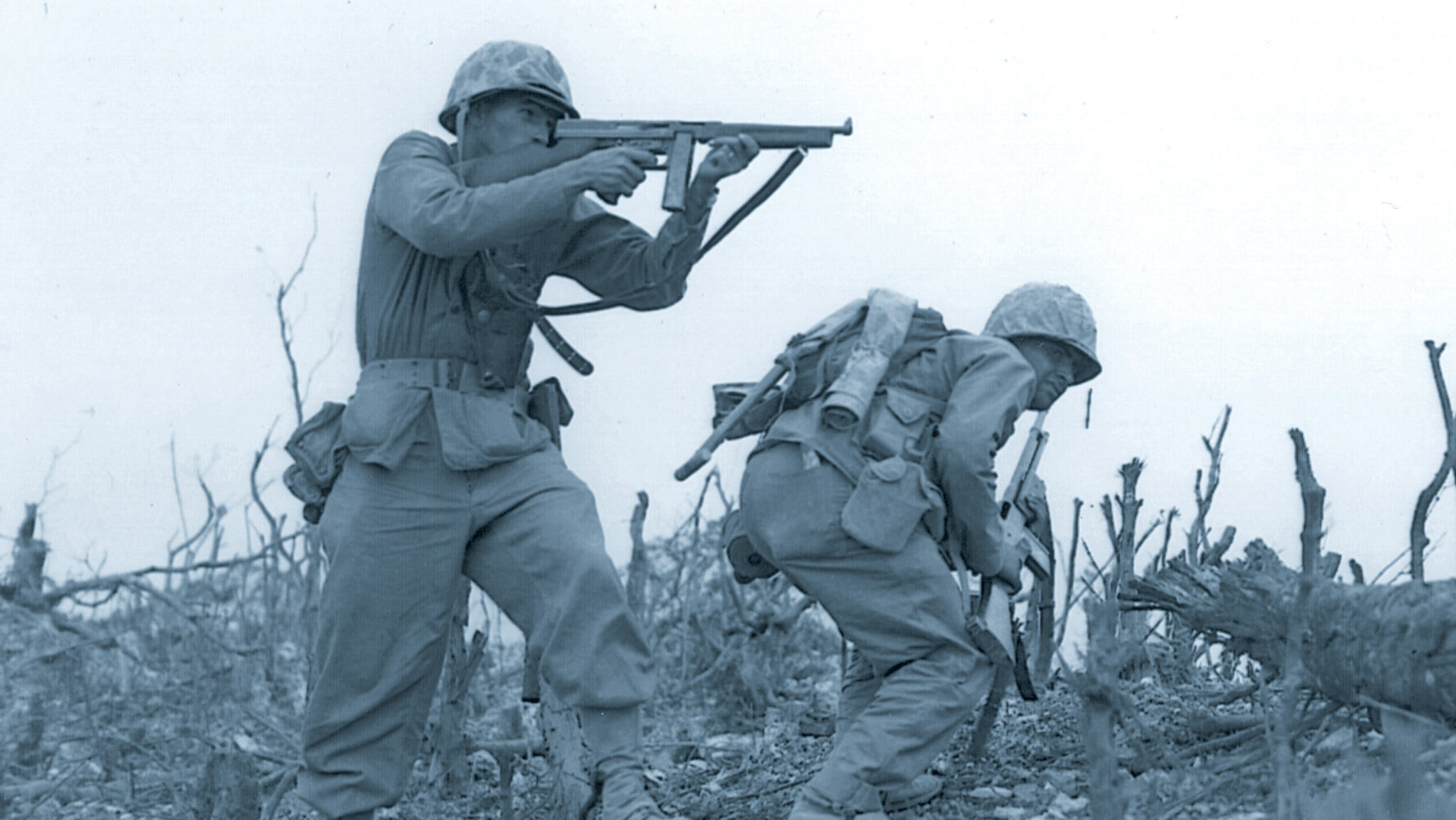

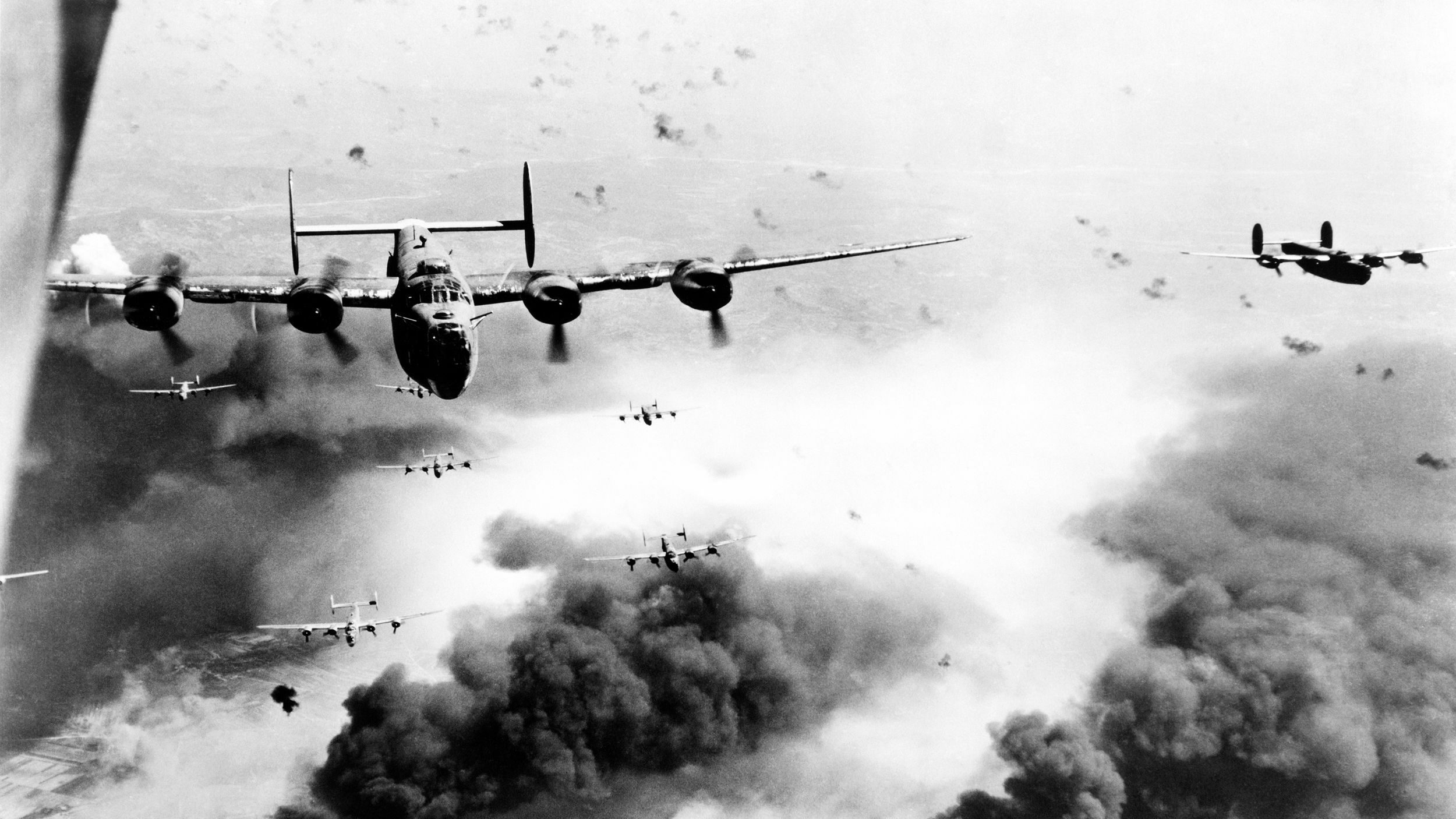
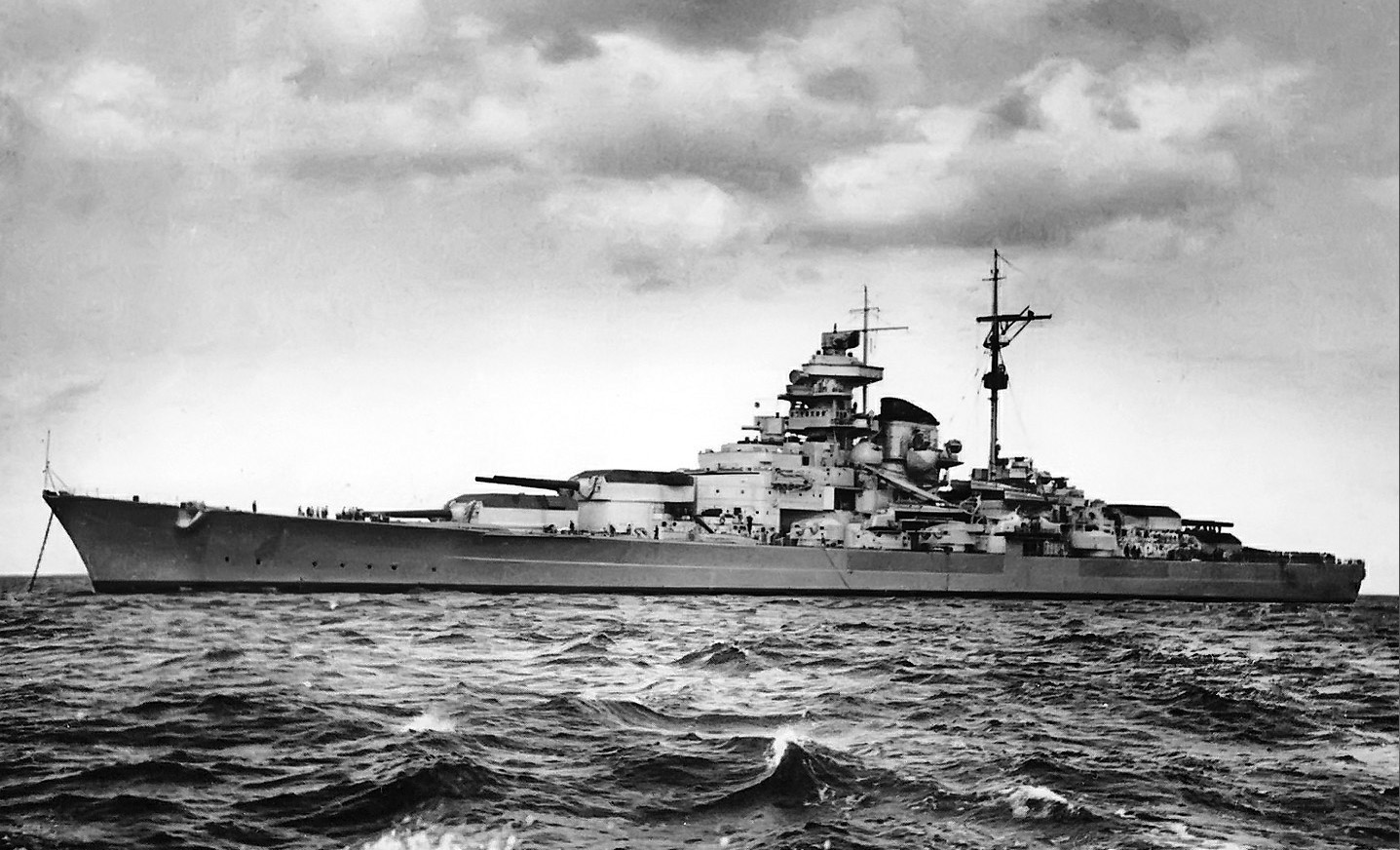
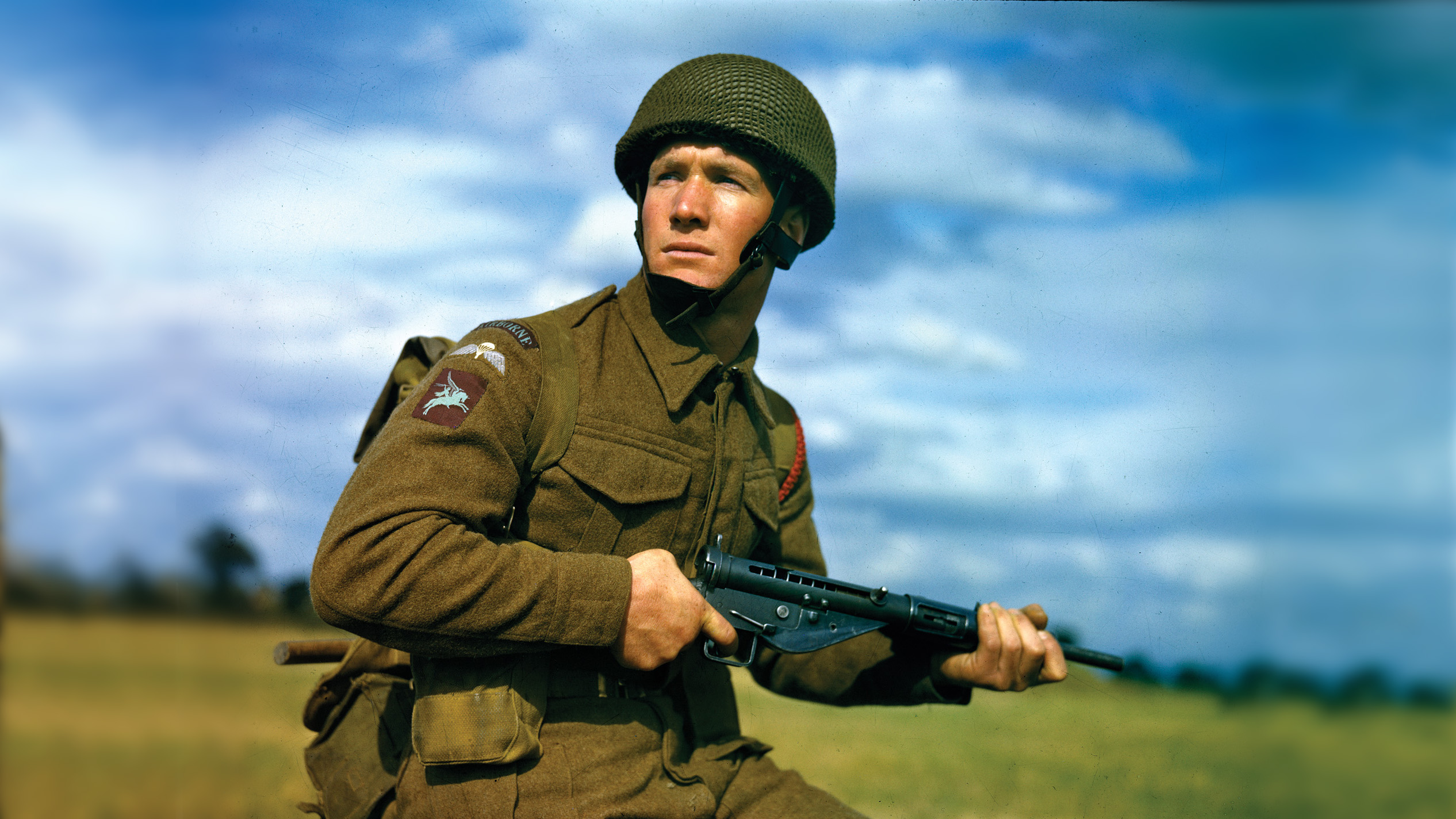
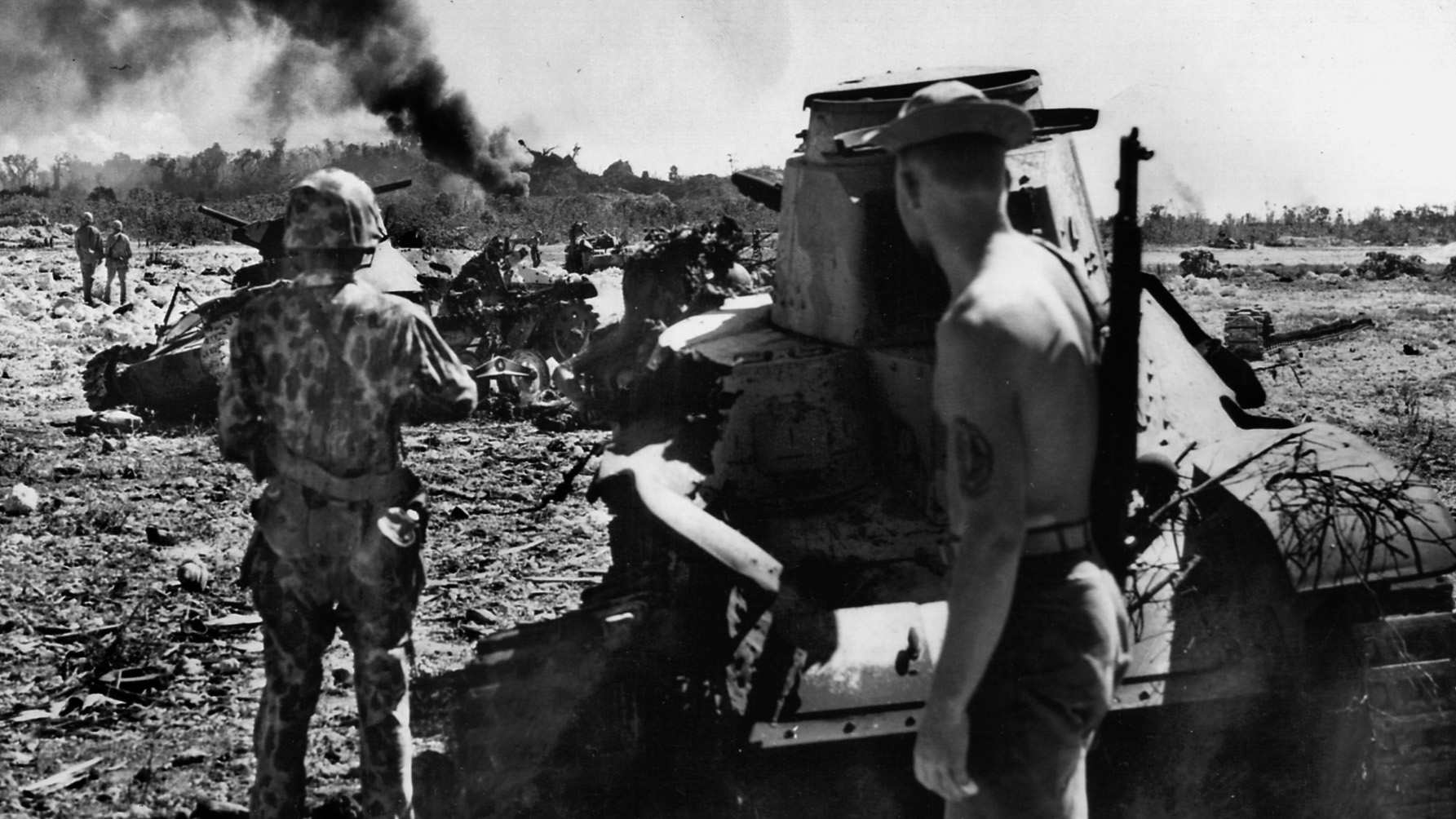
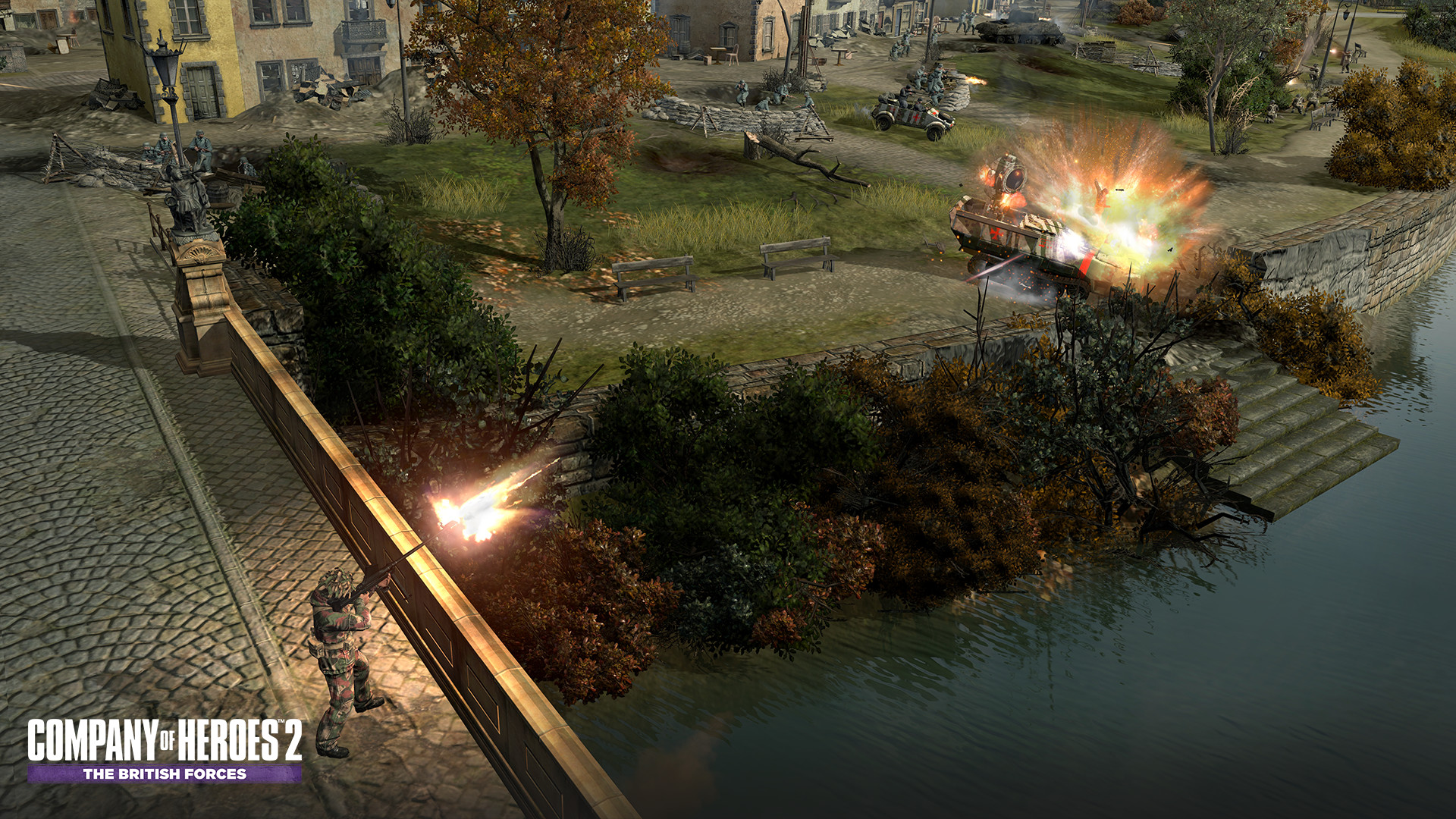

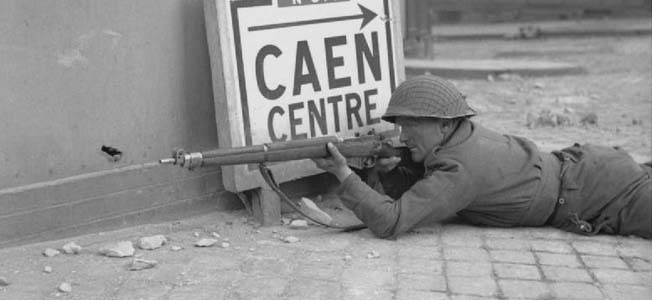
Join The Conversation
Comments
View All Comments